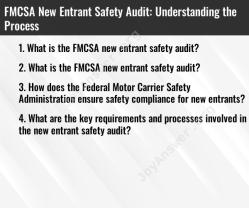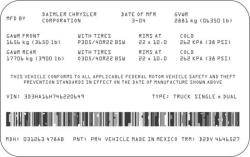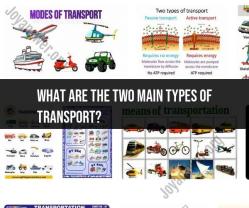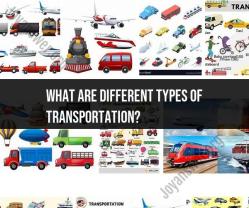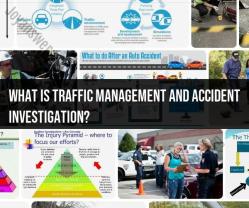What is the recommended taper rate for a toll plaza?
The taper rate for a toll plaza refers to the rate at which a lane or roadway is reduced in width leading up to the toll collection area. This tapering is designed to manage traffic flow and improve safety as vehicles approach the toll booths. Taper rates are expressed as the ratio of the reduction in lane width to the distance traveled along the roadway. Different transportation agencies and design standards may recommend specific taper rates based on factors such as speed limits, traffic volume, and geometric considerations.
The recommended taper rate for toll plazas can vary, and it is often specified in highway design guidelines or standards set by transportation authorities. In the United States, the Federal Highway Administration (FHWA) provides design guidelines that may include recommendations for taper rates in various situations.
Typically, taper rates are expressed in terms of the "A/B" formula, where:
- "A" is the width reduction (in feet or meters).
- "B" is the distance over which the reduction occurs (in feet or meters).
For example, a taper rate of 4:1 means that for every 4 feet of distance traveled, the lane width is reduced by 1 foot.
It's important to consult the relevant design standards or guidelines specific to the jurisdiction where the toll plaza is located. Transportation departments or agencies, such as state Departments of Transportation (DOTs) or equivalent entities, often provide design manuals or guidelines that include recommendations for taper rates, lane transitions, and other geometric considerations.
For the most accurate and current information, you should refer to the design standards or guidelines of the appropriate transportation authority overseeing the toll plaza project. These guidelines are typically based on engineering principles, safety considerations, and the specific characteristics of the roadway and traffic conditions in the area.
What is the recommended rate of reduction for a toll plaza?
Unfortunately, there isn't a single, universally recommended rate of reduction for toll plazas. The ideal rate depends on various factors, including:
Traffic volume: During periods of high traffic volume, reducing tolls can incentivize drivers to use alternative routes or off-peak hours, easing congestion and improving traffic flow.Toll revenue needs: Toll plazas need to generate sufficient revenue to cover operational and maintenance costs, as well as finance future infrastructure projects. Reducing tolls too much could compromise these essential needs.Equity and accessibility: Toll reductions should be balanced to ensure affordability and accessibility for all users, including low-income individuals and essential service providers.Public policy goals: Toll adjustments may be implemented to encourage specific behaviors like promoting public transportation usage or supporting economic development initiatives in certain areas.
Here are some examples of toll reduction strategies implemented based on specific goals:
Congestion reduction:
- Dynamic pricing: Tolls automatically adjust based on real-time traffic conditions, encouraging drivers to shift their travel times and reduce congestion.
- Time-of-day discounts: Lower tolls during off-peak hours to incentivize off-peak travel and manage traffic flow.
Revenue generation:
- Differential pricing: Charge varying tolls based on vehicle type, weight, or number of axles to generate additional revenue.
- Congestion surcharge: Implement a temporary surcharge during peak hours to raise funds for infrastructure improvements.
Equity and accessibility:
- Toll rebates or discounts: Offer reduced tolls for low-income individuals, senior citizens, or disabled drivers.
- Exemptions for specific vehicles: Exempt public transportation vehicles, emergency responders, or government vehicles from tolls.
Economic development:
- Toll-free zones: Implement zones with temporarily waived tolls to attract businesses and stimulate economic activity in specific areas.
- Reduced tolls for designated vehicles: Provide discounts for commercial vehicles or specific industries to support economic growth.
Ultimately, the recommended rate of reduction for a toll plaza depends on a careful analysis of these factors and their interplay within the specific context. This analysis typically involves collaboration between transportation authorities, traffic engineers, economists, and social policy experts to determine a balanced and sustainable approach to toll adjustments.



